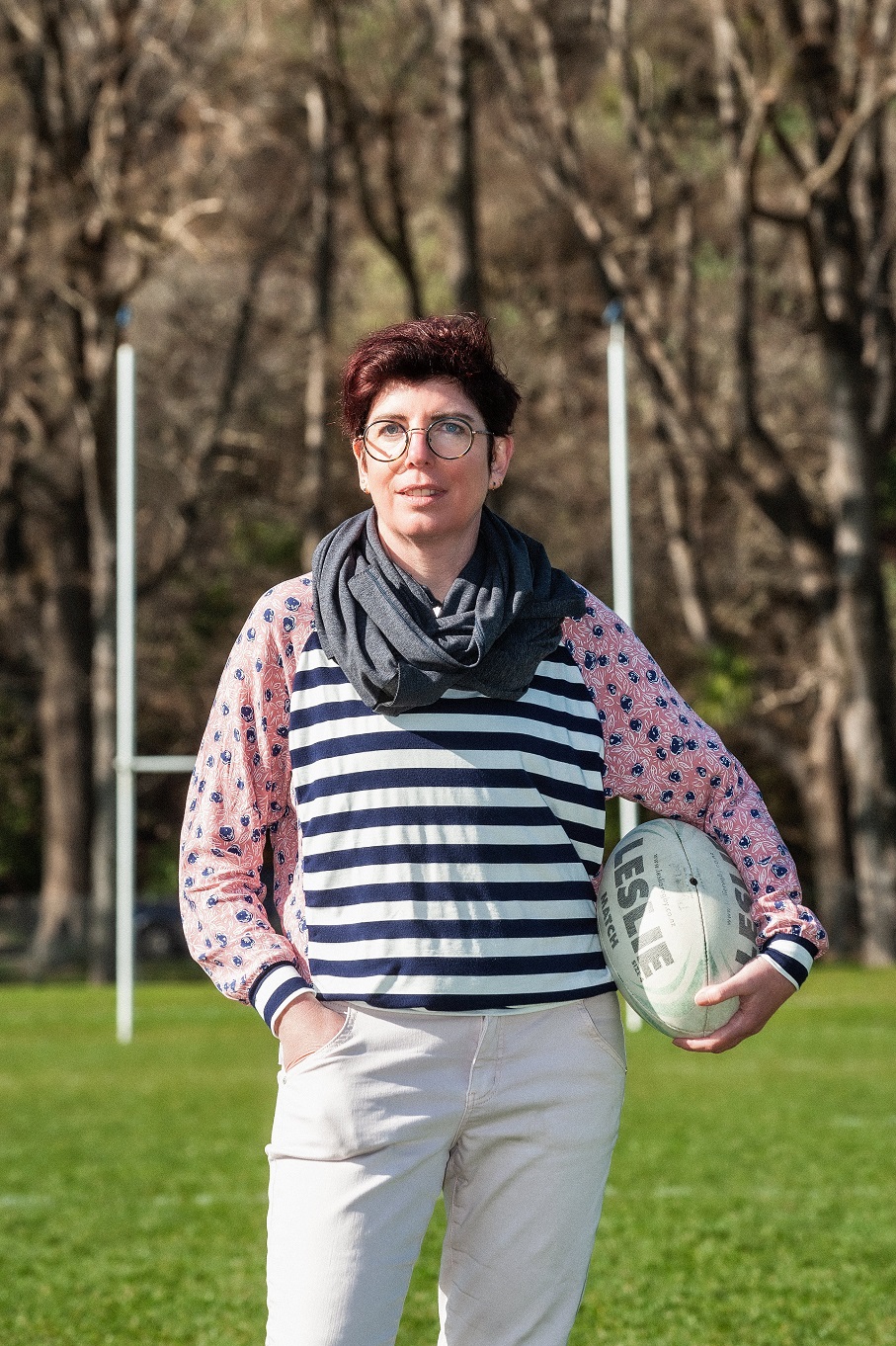
The Otago Rugby Community Head Impact Detection study has undertaken the mammoth task of analysing nearly 40,000 on-field impact events and linking them back to about 400 hours of video footage.
Associate Prof Melanie Bussey, director of the motion analysis research lab in the School of Physical Education, Sports and Exercise, told Mark Wright, of Otago Magazine, the focus of the study was to "understand the impact mechanisms so that we can improve outcomes through education or strength training".
"At the moment we are looking at how athletes control their heads going into an impact event — whether that’s effective and whether concussion injury might alter those motor control processes."
The study has worked in collaboration with Dr Danielle Salmon from New Zealand Rugby as well as the Otago Rugby Football Union to enlist more than 600 athletes from the under-13 grades right up to NPC and FPC level.
"We tried to capture the same number of male and female athletes at all grades as well as a similar number of matches and trainings, so we’d have good comparability of head impact loads."
So far the team has examined 15,000 of the nearly 40,000 recorded impacts. The data is collected by instrumented mouthguards and then verified by video footage.
The team has verified 9,00 of the 15,000 impacts events, involving more then 300 male athletes aged from 12 to 24. The initial focus was on male athletes as the women’s competition was interrupted by lockdown, which delayed data gathering.
"One of the things we wanted to get a sense of was what things might trigger the mouthguard and what the threshold of those trigger events were.
"There can be a remarkable amount of force in decelerating, jumping and landing."
Initial findings indicate the most frequent impacts are about the same as what you might experience on a rollercoaster — under 11G-force.
Slightly heavier impacts — 11 to 20G — might be experienced by a player four to six times per match.
Those impacts are similar in scale to jumping on a trampoline.
The next category of impacts — 20-40G — are rare and occur one or twice per game, while the heaviest knocks and the potentially dangerous blows are rarer still and happen once every three to four games.
Matches, as opposed to training, account for more than 60% of the total impact events.
"Tackles and rucks account for the majority of direct head impacts over 20G. It is the same across all grades.
"The highest magnitude impact events tend to occur in tackles, regardless of the playing grade."
"Now it’s when you compare youth and beginners to senior players, that we see a difference in the head impact mechanisms during tackle events. Less skilled players tend to be less prepared for tackles and also tend to be more floppy and less controlled when getting knocked to the ground."
Bussey’s team has presented those findings to World Rugby in more detail.
World Rugby is expected to share the steps it will take based on the findings, following the publication of the first paper.
"I think what we’re doing is very exciting. It’s not often, when you’re doing research, that you feel like you’re doing something that will directly help the community."












